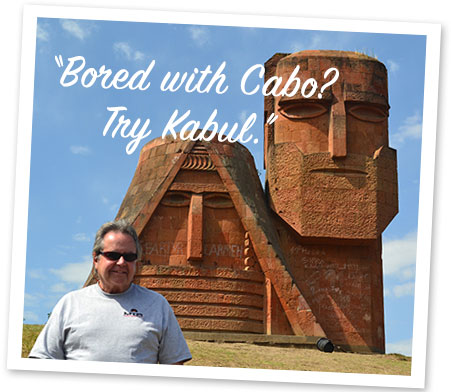
Editor’s Note: This is a guest post by OpenWorld contributor Bill Altaffer, named the “world’s most well traveled man” (according to mosttraveledpeople.com) for three separate years. He has traveled for more than 50 years to every country in the world, usually by sea.
In this article, Bill shares his experience traveling to Afghanistan as part of a small group of people that was the first group of tourists to visit in the post-Taliban era. If you’ve ever considered taking a trip “well off the beaten path,” then you’ll love hearing about Bill’s experiences in this eye opening travel report…
#Enter Bill
“My favourite [country], whose name alone makes my heart lift? That can only be Afghanistan.” -John Simpson, veteran broadcaster
Feeling bored with Cabo? Try Kabul.
Kabul, the bustling capital of Afghanistan since 1776, is as far away from Cabo in essence as it is on the map. You won’t find hordes of tourists, fancy hotels, five-star dining or organized sports and other activities there.
What you will find are wonderfully friendly people living in a culture radically different from your own, colorful and vibrant street scenes alive with strange sights and smells, a whole country as yet unexplored and unspoiled by a tourist-oriented infrastructure, and, most of all, memories that will warm your heart long after the experience is over.
Flying in on the national airline, Ariana, I was pleasantly surprised to find the aircraft well run and in excellent shape. I was even more surprised when the head steward invited us, one by one, into the cockpit of the aircraft to take pictures and watch the flight operations.
This was especially striking because of the times we now live in. Everywhere else in the world, security in airports and on airplanes is more restrictive than it has ever been.
Flying into Afghanistan, considered to be one of the most dangerous places in the world, we were delighted by this gracious and friendly visit to the cockpit of our airplane, something completely unheard of anywhere else these days.
This was our first taste of a contrast I experienced repeatedly in Afghanistan, a people who were amazingly at ease with and unsuspicious of us, interacting with us on a warm, human level in an environment that is otherwise strongly and obviously militaristic. I knew then and there that we should expect the unusual during our visit.
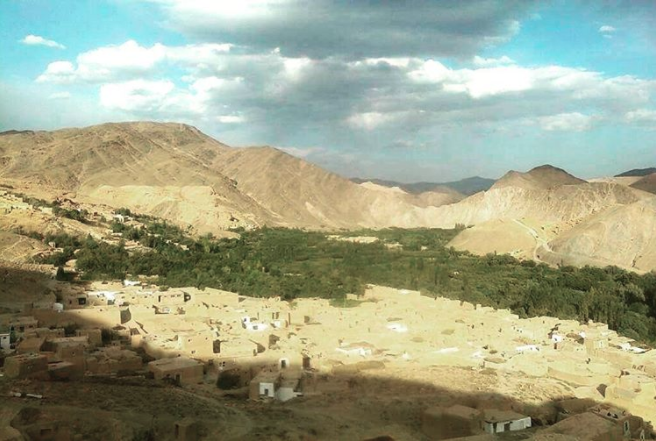
With restrained anticipation, I peered out my window as the plane descended from above the rugged mountains that ring the fertile valley where Kabul sprawls. The gleaming, emerald-green color of the area surrounding the city was in sharp contrast to the drabness of the forbidding landscape we had flown over to reach the city.
Afghanistan today is recovering from decades of war. The first sign of this was the wrecked remains of hundreds of planes, mostly military, piled up on the aprons of the airfield and all around the airport.
In spite of this, the airport was informal and casual, with few formalities and relaxed security – another surprise. As we drove to our hotel, we passed the city zoo. I could only think of that poor lion that had suffered there under Taliban rule.

A present trait of Kabul that struck me immediately was its poor air quality. This was caused by smoke from the agricultural activities of the surrounding countryside as well as by the severe pollution from the uncontrolled vehicular emissions in this traffic-clogged city. This cut-with-a-knife atmosphere was perhaps the only truly unpleasant thing we had to endure during our stay there.
Our hotel, the restored Intercontinental, was in better shape than I had thought it would be. Only a few bullet holes could still be seen on one side of the building. The rooms were adequate, though not fancy. We soon discovered that hot water was available only on occasion. Even then, it was usually warm rather than actually hot.
The food in the hotel dining room was served buffet-style. The lunch and evening offerings consisted of exactly the same items day after day, which soon became somewhat monotonous. Fortunately, this was offset by the facts that the food was always tasty and well-prepared and that the dining room staff was always pleasant and helpful.
For a change, we were taken out for meals to two of the many international restaurants in the city. These are excellent and offer a wide range of cuisines, including Chinese, Italian, Iranian, and American.
For a millennium, Afghanistan has been a crossroads overland from Europe to Asia. The faces of its citizens portray this fact. The looks of the Afghanis cover a spectrum of facial characteristics highlighting the contrasts between the cultures of the surrounding nations.
Some individuals are light-skinned with blue eyes, some have darker skin and dark eyes. Others are very Asian in looks. Overall, the people are very handsome. This provided for interesting photographic opportunities.
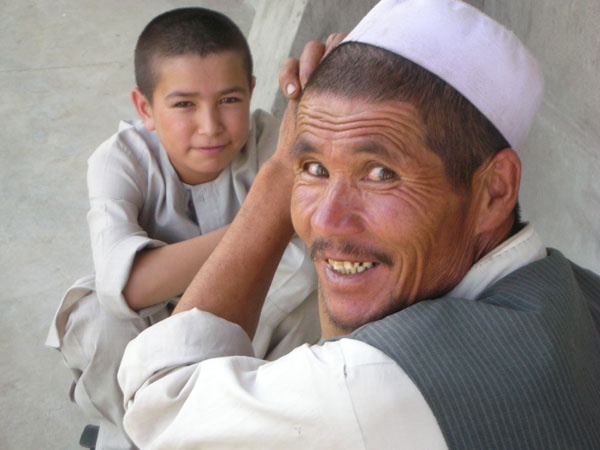
I think that the best thing about this landlocked country is the friendliness of its people, and, from a photographer’s point of view, their willingness to be photographed. They are among the easiest people in the world to photograph, even when holding their AK-47 machine guns.
In most countries, military individuals and operations are off-limits for photography. Not in Afghanistan. To our amazement, one soldier even allowed us to take turns holding his gun and wearing his hat for pictures! Where else in the world could that happen?
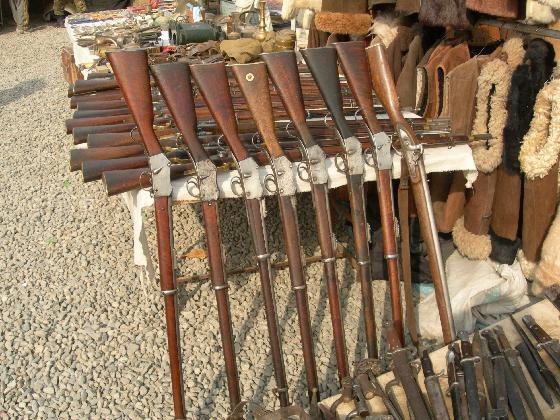
Many of the Afghanis speak English or are in the process of learning it. They all seemed to like Americans, breaking out into large, warm smiles when we told them where we were from. Most of our group had brought pens and pencils to give to the local children. These gifts were greatly appreciated.
One of our first stops when we began touring Kabul was at a school. It was a four-story building with no roof, one of many such buildings in the area. One whole side of the building had been blasted off, exposing all the classrooms to the open air. We stood in the schoolyard, surrounded by huge pieces of twisted metal, peering into the classrooms. Soon, a teacher came out and asked us if we would like to come inside for a closer look. Classrooms were equipped with benches (no desks) and small blackboards.
In spite of the devastation of the building and the lack of supplies, children were being educated. It was gratifying to see that the classes were filled equally with boys and girls. Under the Taliban, girls were not allowed to go to school.
Later, when we toured the countryside outside of Kabul, we saw many makeshift classrooms in tents. Though the facilities were poor, far below what we would consider acceptable, the classes were always full of both boys and girls. As we continued on our tour of Kabul, we drove down dusty roads through bustling activity.
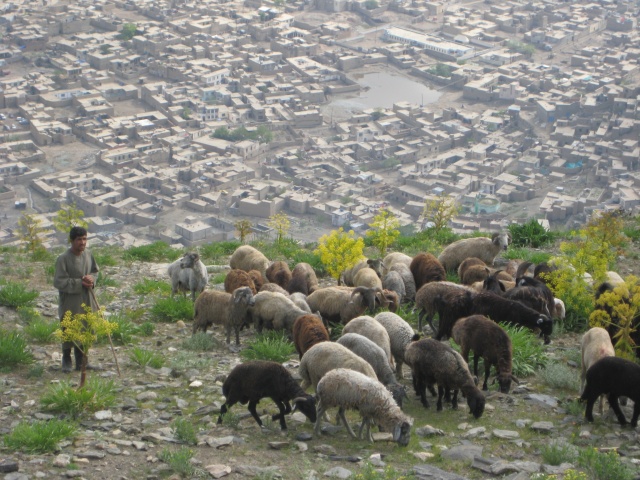
In spite of the ruined condition of many buildings we passed, the people were out living very active lives.
Markets were noisy and colorful, motor traffic was thick and constant, people were everywhere pushing and pulling carts piled high with all kinds of goods. At one point, I wished I had been quicker with my camera when a taxi passed us with two sheep in its back seat, a sight I had never seen anywhere else.
In one area, I noticed a row of shops selling auto batteries. We were told that these are used in homes for lighting, since electrical service has not yet been restored to all areas.
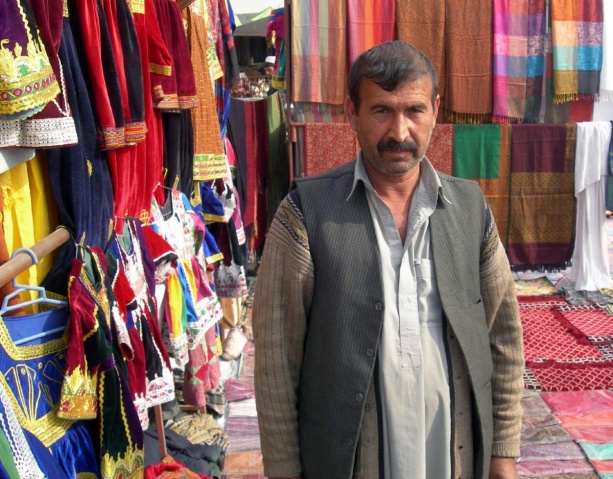
Another thing common in Kabul that I had never seen before is that all the cars are right-hand drive, even though everyone drives on the right side of the road.
What sights are left to see in Kabul are generally in a state of war-torn destruction.
We stopped at the ancient 500-year old Babur gardens, now devastated, that is being restored. Also in repair is an old wall that divided the city from the time of the British tribal wars. We also visited the presidential palace, which was targeted by the US invasion forces because it had been the home of Osama Bin Laden for six years. It now sits forlornly in a pile of rubble, unguarded and only hinting at its former splendor.
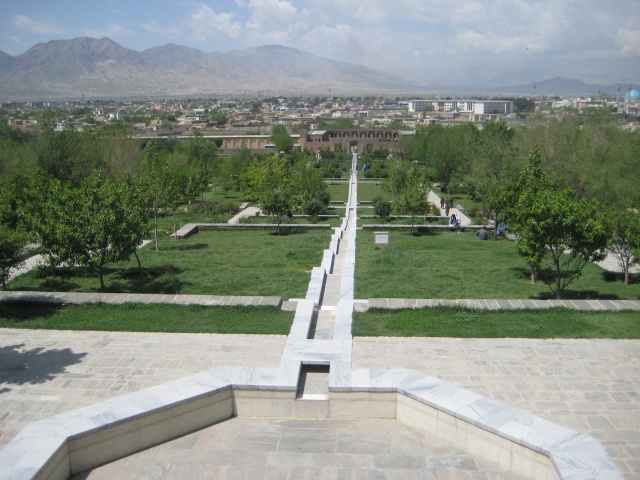
After that stop, we briefly visited a museum that has just four exhibits left in it.
Later, we stopped at a huge tomb overlooking a “de-mining” company. We saw two of these operations during our stay in Afghanistan. At this one, we got a glimpse of a major component of the company: the training of dogs to locate land mines.
We watched the handlers with their dogs as they set them through their paces in the field below us. Afghanistan has the highest number of planted land mines in the world, so the training of de-mining dogs is very important.
Another place of interest in Kabul is Chicken Street. It is full of shops but devoid of tourists. There you can buy carpets, lapis lazuli jewelry, and Soviet night-vision goggles, along with traditional Afghani wool hats and a few other dusty local handicrafts.
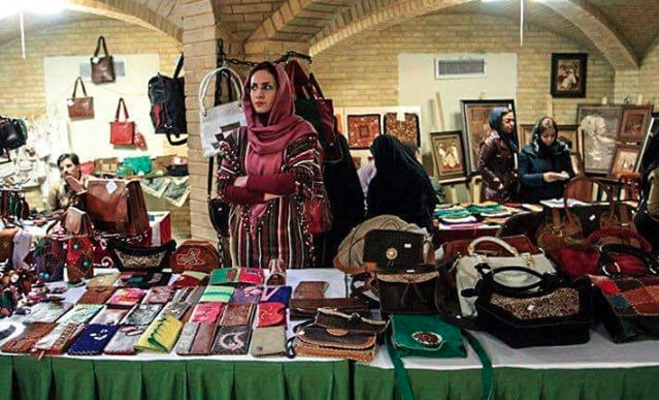
Because Afghanistan is one of the poorest countries in the world and has had no tourism for many years, there is a minimum of shopping available.
Lastly, we visited the sports stadium in Kabul, made infamous by its public executions. Now, joggers run laps beneath the bleachers, and there is no hint of the former horrors that took place there.
Day trips from Kabul.
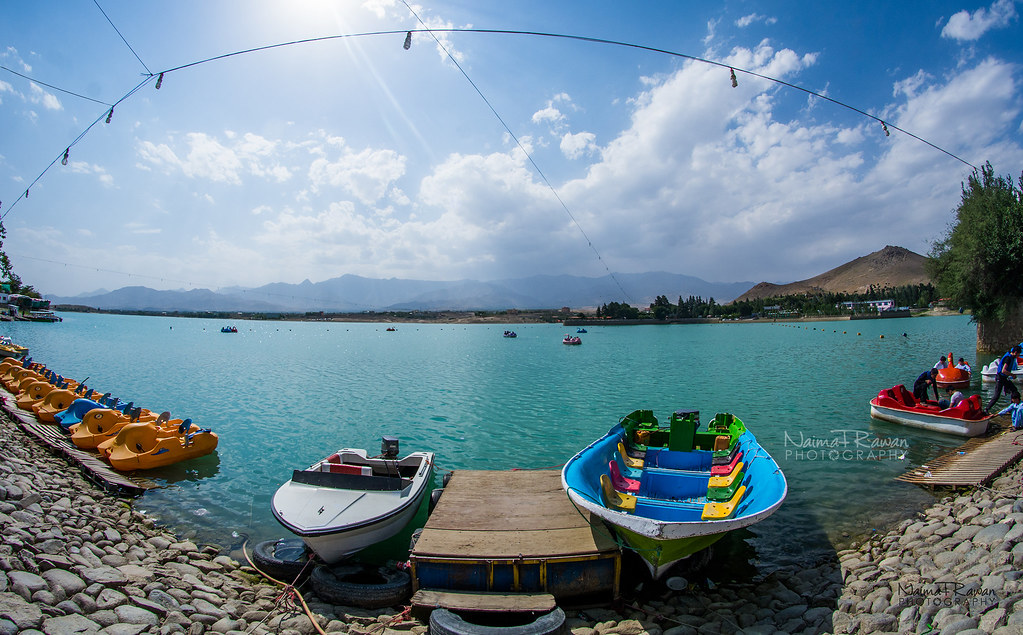
Karkha lake, on the ouskirts of Kabul. Photo © by naimatrawan.
Our trip to Paghman and Kargha Lake was an excursion rarely taken by foreigners who are in Kabul. Most foreigners come to Afghanistan for business and humanitarian reasons and often unaware that these trips are possible.
We ventured to the west to see villages in the mountains that had suffered extreme damage from fighting between the Russians as well as the Taliban.
We also drove north towards the heart of the Hindu Kush via Salang Pass. The alpine scenery was spectacular. We were unable to drive the entire distance to the Salang Tunnel due to a bridge that was being repaired. The tunnel was finished in 1964 as a joint venture with Moscow and is a remarkable engineering feat.
Other sites of interest outside of Kabul are the Buddhist monasteries of Paitava and Shotorak. Istalif, in the Koh Daman Valley, has green orchards and terraced gardens.
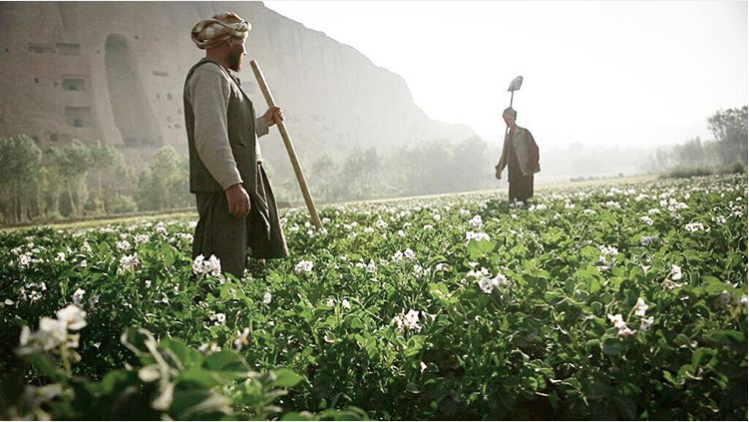
There, you can find beautiful blue pottery, cotton prayer rugs, and decorated wooden chests.
Top-e-Darra (Valley of the Stupa) has a fruit market. The town of Charikar, the capital of Parwan Province, is noted for its bazaars. Unfortunately, the road to Bamian, the former location of Buddhist statues, was too dicey for us travel on.
Much of the countryside away from Kabul is still lawless and unsafe for touring. The scars that covered the land came from the British and Russian occupations, from the fighting of the Mujahedin and the Taliban, and from bombings by the US as well.
The rusty remains of Russian tanks littered the landscape. It was impossible to drive very far without seeing some reminder of the violent past that this country has suffered.
Massoud, the Tajik leader of the coalition army, was killed by enemies disguised as reporters seeking an interview with him. Now, his face is on the few billboards seen in the countryside as well as on posters all over Kabul. He is also featured on one of the very few T-shirts available for sale. He is definitely the Che Guevara of Afghanistan, greatly loved by the people as martyr.
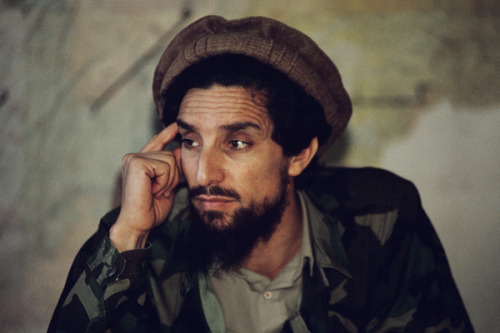
The lot of women in the country has improved a thousandfold since the Taliban times, in all aspects of their lives. Under the Taliban, women were beaten or otherwise punished if they did not wear traditional burkhas in public. These garments cover a woman completely, allowing only hands and feet to show. These have a small screen in front of the eyes that provides a minimum of visibility to the wearer. Now, these garments are not required by law.
Many of the more fundamentalist of the women do choose to continue to wear them, though they rarely wear the black ones that are common in Iran and other Muslim countries.
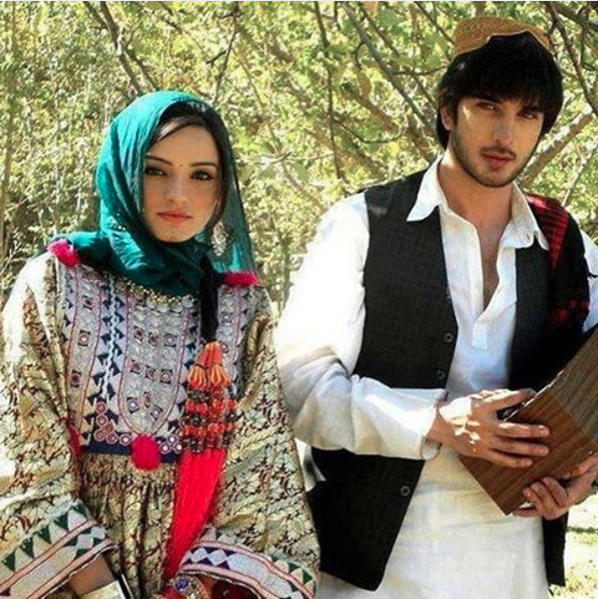
The majority of the burkhas we saw in Afghanistan are in bright shades of blue, though it was not uncommon to see greens and other colors as well.
A good number of women wear, rather than burkhas, a loose, long tunic over loose, long pants. Though most of them still wear scarves over their hair, some of them now allow their hair to show around their faces.
This would have been impossible under the Taliban.
We were the first group of tourists in Afghanistan in many years. This is not to say that there are no foreigners in the country. There are many international aid workers dispersed throughout Kabul.
Military forces from seventeen different countries are a noticeable presence there.
Heavily armed army vehicles are a constant sight on the streets. It was common to see French, British, and German troops entering our hotel with M-16s and pistols on their hips. It was apparent that the people are unfazed by this heavy military presence. They have become accustomed to it, perhaps, and simply go on living their lives as they always have.
By contrast, we were the only tourists in a country the size of France and were an immediate oddity everywhere we went.
There is definitely hope for an improving future for Afghanistan, but it will take time.
It Afghanistan safe for tourists?
Maybe. During our visit, reports described fighting 10 miles outside of Kabul. One day, we heard the explosion of a land mine and looked up to see a column of smoke from the blast off in the distance.
Later, in our tour through the countryside, we were shown areas where rocks painted red outlined a mined area.
Was I afraid to travel to Afghanistan?
Yes, for two reasons. I passed twice through Pakistan, for one. My other fear, since I stopped in Bangkok and Tokyo twice, was possible exposure to SARS. But none of us were afraid to be in Afghanistan itself.
As the first tourists to the new Afghanistan, we were well-rewarded with a special experience at a special time.
Featured photo by Silvia Alessi.


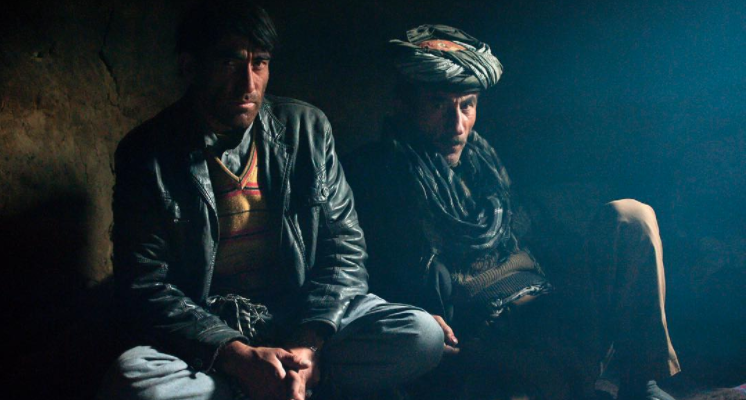
The cover photo is by Silvia Alessi (@silvia.txs on facebook). I think it should be acknowleged.
Ok, thanks for letting us know! 🙂